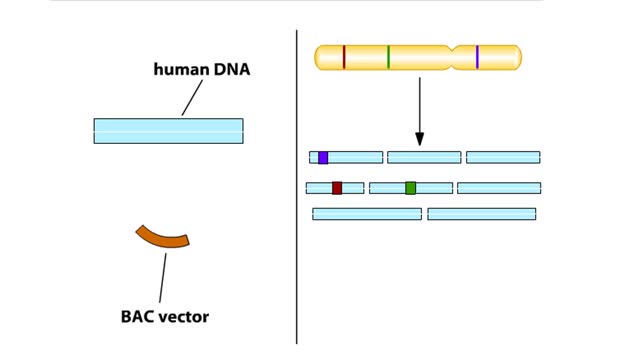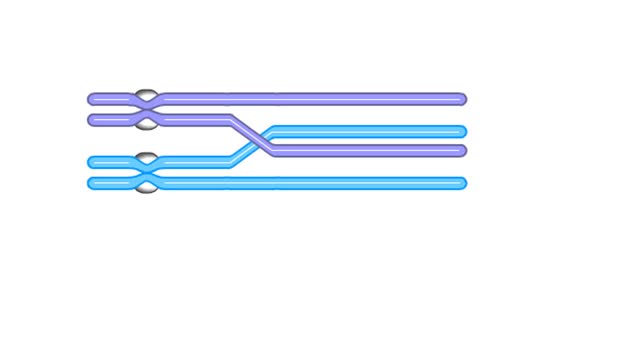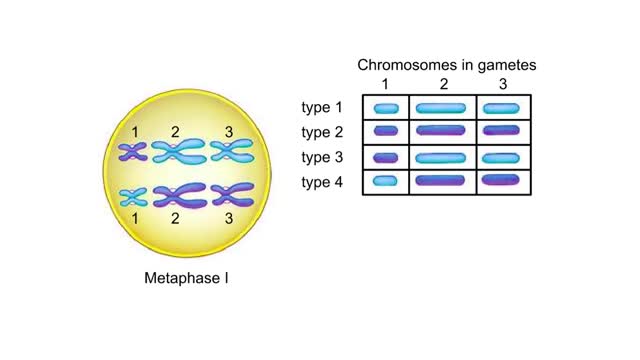Search Results
Results for: 'Chromosome'
Hierarchical Sequencing Method - Sequence Tagged Sites
By: HWC, Views: 10625
In the hierarchical sequencing method, researchers begin by collecting cells. In humans, each cell contains 23 pairs of chromo-somes. Here we specifically track the DNA from just one of the 23 pairs. Chromosomes have a series of unique DNA sequences, called sequence-tagged sites (STSs), that a...
Semidiscontinuous DNA replication
By: HWC, Views: 11126
During DNA replication, one of the two DNA strands, the leading strand, is replicated continuously, or all at once, in the 5' to 3' direction. The other strand, called the lagging strand, is replicated discontinuously, or in pieces, in the 3' to 5' direction. This is necessary because DNA poly...
Homologous chromosomes during prophase I - Animation
By: HWC, Views: 9308
The chromosomes were duplicated during interphase and the sister chromatids are now in thin threadlike form. Each chromosome becomes zippered to its homologue, so that all four chromatids are closely aligned. The chromosomes are tightly aligned, but we will show them as separate so that y...
HIV replication/ Replication cycle of HIV
By: HWC, Views: 8530
Replication cycle of HIV, one of the retroviruses. The HIV virus is surrounded by a lipid envelope with embedded proteins. A coat of viral proteins surrounds two strands of RNA and the enzymes used during replication. The virus attaches to and enters the host cell. Viral reverse trans...
Random alignment at Metaphase I Animation
By: HWC, Views: 5848
Possible outcomes of random alignment at metaphase I. In this example, three types of chromosomes are labeled 1, 2, and 3. Maternal chromosomes are dark blue; paternal ones are light blue. Suppose that at metaphase I all the maternal chromosomes became attached to one spindle pole and all the ...
By: Administrator, Views: 14402
Genetics is a branch of biology concerned with the study of genes, genetic variation, and heredity in organisms. Gregor Mendel, a scientist and Augustinian friar, discovered genetics in the late 19th-century. Mendel studied "trait inheritance", patterns in the way traits are handed down from p...
Replication of DNA and Chromosomes/ How do cells replicate their DNA? (Animation) no Audio
By: HWC, Views: 11190
DNA replication in E. coil begins at a site called oriC where a replication bubble forms. At either end of this bubble is a replication fork. Since DNA polymerase Ill can read its DNA template strand only in the 3' to 5' direction this means that one strand (leading) can be read continuously b...
Advertisement









